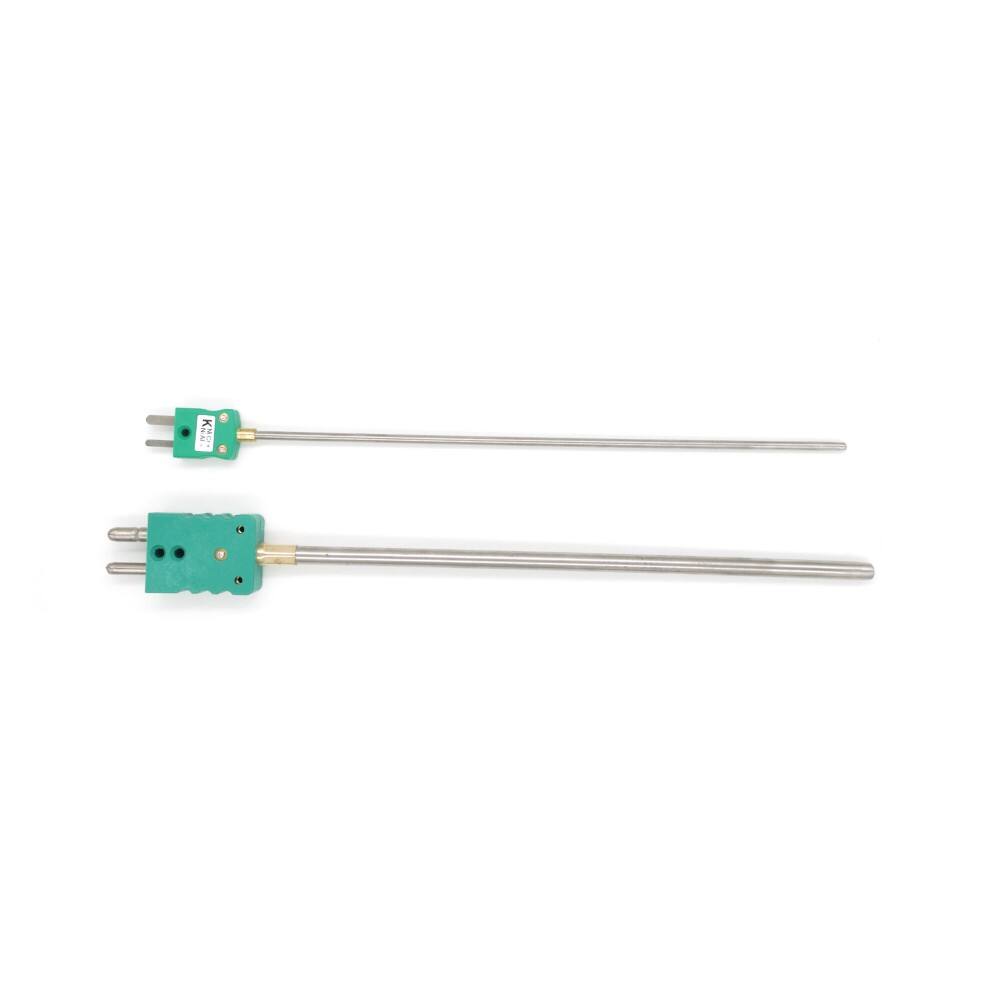The thermocouple is a system widely used for temperature measurement in different processes because they function based on the principles of physics, these devices are very useful in almost all industries such as manufacturing and food safety. Together, let us analyze the basic working principles of thermocouples.
1. The Fundamentals of Thermocouples
A junction is formed by connecting two metal wires, which are called conductors, the wires are physically separate at one end. This is the end that measures the target temperature. The other ends of the wires are connected to a measuring instrument. When the junction is subjected to a temperature difference, there is a potential difference that develops between the junction and the other end of the wires.
2. Explanation of the Seebeck Effect
The Seebeck Effect depicts the relationship between electric current flow and temperature difference also called the thermoelectric effect, it was discovered by Thomas Seebeck. Thermo Electric Generators consist of two types of metals, which are soldered together and placed in an outdoor and more heat-supplied area.
- Movement of Electrons: When heat is supplied sufficiently to a particular metal, the electrons in the ampere begin to mobilize resulting in the creation of an electric current. Depending on the choice of the metals the electric potential or voltage attained varies.
- Generation of Voltage: In the combination of metals, during welding, the potential difference gets generated, making it possible to measure temperature through voltage by correlating it to the temperature differential between the cold joint and the hot joint

3. Reference Junction Compensation
Why is it important to include the reference junction temperature in relation to accurate temperature measurement? The problem is that the voltage produced is a function of the global heat flow between the measuring and the reference points. However, when the reference point is left to float without being maintained at a constant known temperature, the readings become inaccurate.
To address this, modern thermocouple systems often use cold junction compensation. This means that a measuring instrument can make reference to a standard temperature by employing a known temperature sensor at the reference junction. Because of this, the instrument is able to compensate the measured voltage with the reference temperature in order to compute the result accurately.
To summarize, thermocouples work on the basis of the Seebeck effect whereby a voltage is induced whenever there are temperature differences. Their configuration, geometry, and mounting allow them to perform measurement of temperature within broad ranges of measuring tasks. For high-quality thermocouples and temperature-sensing solutions, check out VSEC. Visit us at [VSEC] to find the right products for your needs.
 Hot News
Hot News